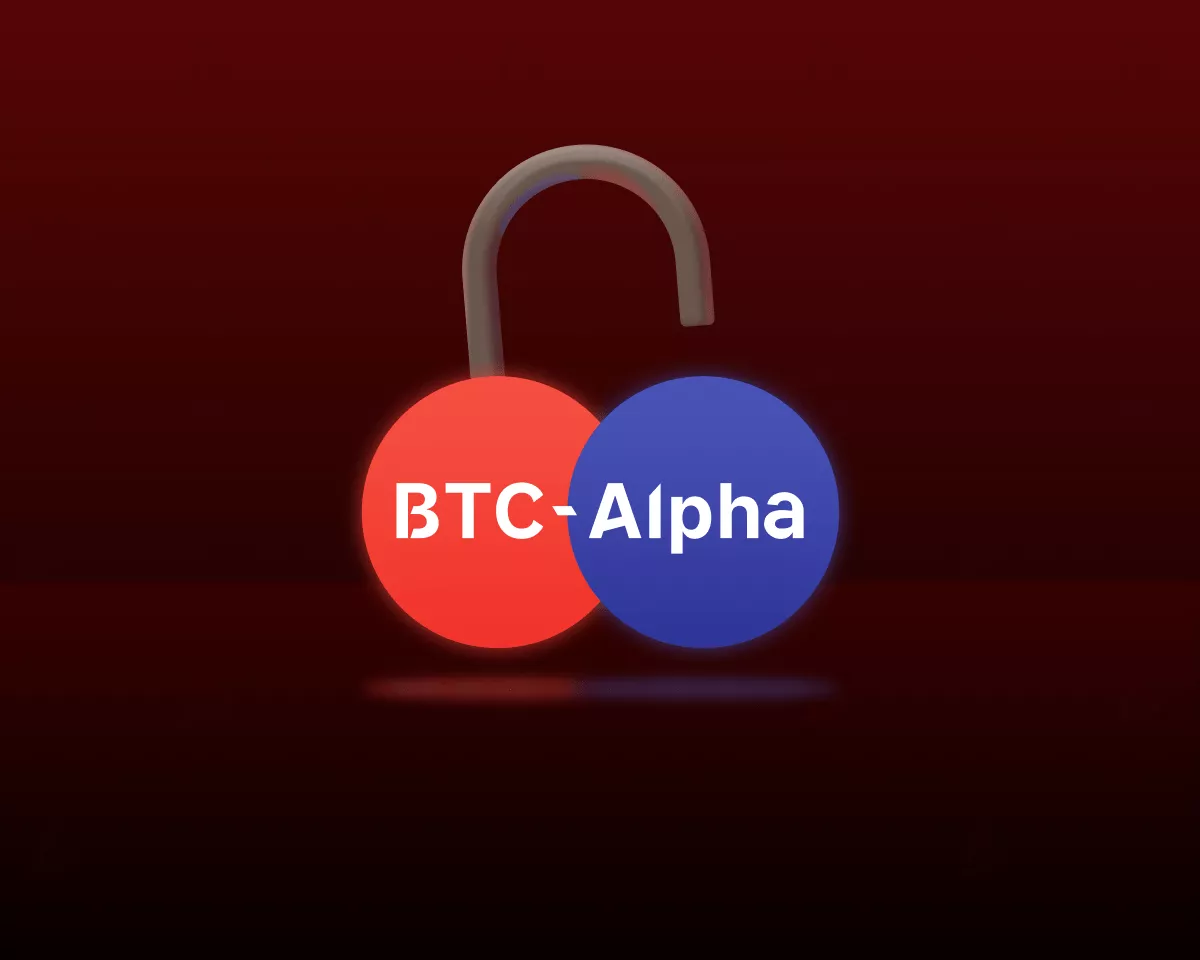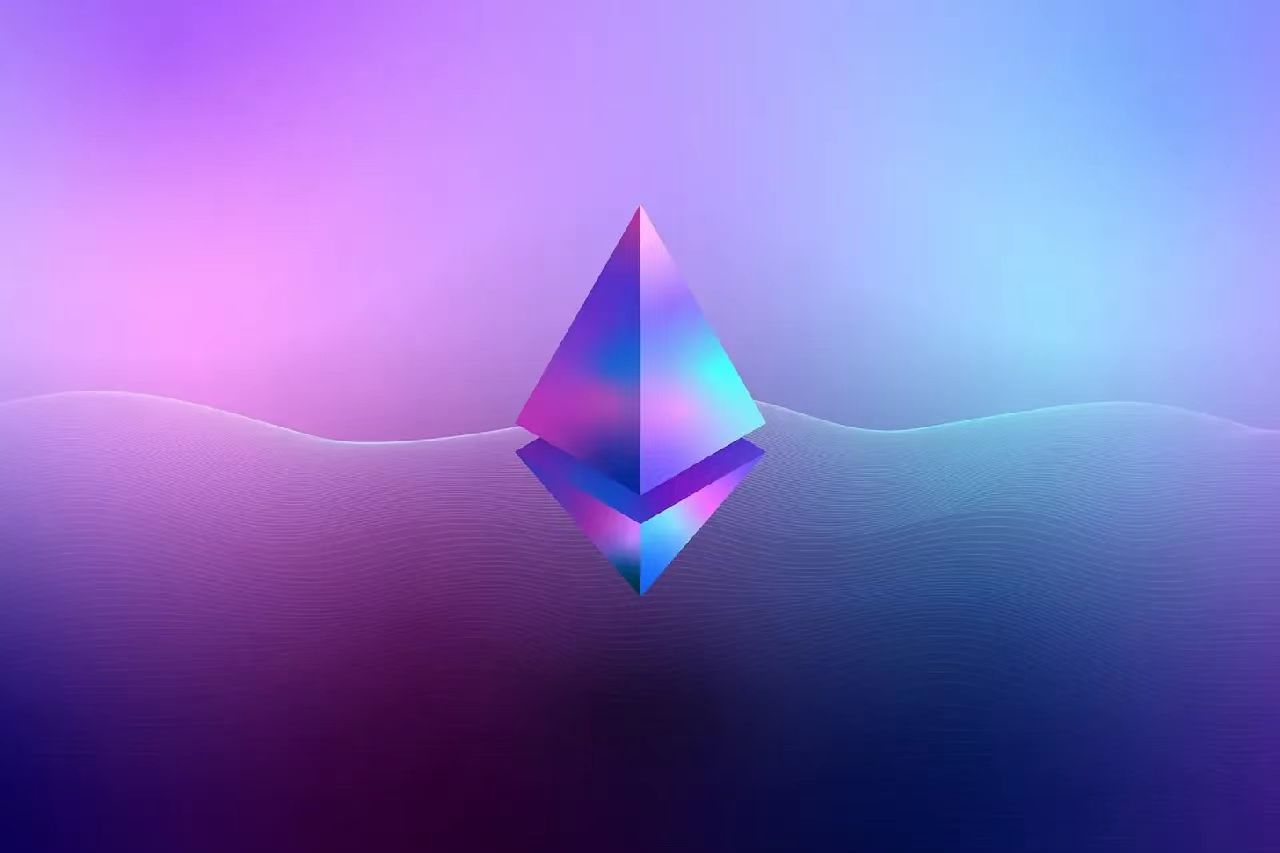The Bitcoin halving is 24 days out — a critical event and catalyst for BTC in past cycles, which has tended to line it up for new all-time highs.
Historically, halving events, which reduce the new supply of bitcoin by half, have led to significant price appreciations and new all-time highs as demand continues or grows while new supply tightens.
Of course, we have already reached some all-time highs, which sparked excitement and uneasiness in the market. If we've hit these heights so early, will we top out early, too?
Some say yes.
Bob Loukas, an experienced Bitcoin trader and one of the earliest proponents of Bitcoin's 4-year cycle theory, believes that the current cycle is progressing faster than usual. His theory is that Bitcoin is in its final, 4-year cycle —part of a broader 16-year pattern that new technologies follow.
This pattern is known as a "Left-Translated Cycle," where the top of the cycle occurs before the midpoint mark and will usher in an extended bear market. Over the past few months, debates over this theory have taken up much air on Twitter.
With the halving around the corner, let's recap Bitcoin's cyclical behavior, look at what's different and the same this cycle👇
BTC's Cyclical Behavior
Historically, Bitcoin's market cycles have exhibited a rhythm tied to its halving events, bottoming an average of 1.3 years (477 days) before the event topping an average of 1.3 years (480 days) after.
This pattern underscores the halving's pivotal role in Bitcoin's price dynamics, marking the beginning of bullish phases leading to new all-time highs.
Looking at how this lines up to this cycle (Bitcoin's 4th major cycle), two deviations stand out.
- First, 11/9/22 marked the bottom at $15,855 – 587 days before the 4/20/24 halving, quite a bit earlier than the 477-day average.
- Then, for the first time ever, Bitcoin actually broke new all-time highs before the halving in early March.
Again, the trough-to-peak lengths were just averages, and even cyclical markets have to deal with responding to macro changes and black swan events, but nevertheless, breaking all-time highs before the halving suggests this cycle may have broken its rhythmic mold.
What's Different This Cycle?
Aside from the early ATH breaks, this cycle has differentiated itself in 3 primary ways.
- Fewer Corrections: Historically, cycles have seen drastic 30-40% corrections on the road to all-time highs, but this time, dips are more shallow, with corrections not exceeding 25% so far. As a result of this continuous "up-only" action, many believe that these corrections signal that BTC is speed-running this cycle.
- Institutional Involvement: The addition of Bitcoin ETFs certainly has impacted this cycle's flows. While ETFs make it easier for more traditional retail and institutional investors to invest in Bitcoin, concerns exist that these products might push up prices too quickly and that the anticipation of continued institutional inflows and wider acceptance could propel the market to peak early.
- Macro Conditions: With interest rates at their highest in 23 years and many fearing a recession is overdue, there's no doubt we're in a special macro environment. If the global economy worsens, people tend to liquidate risk-on assets. It's worth noting that Bitcoin has never experienced an actual global recession.
👉 These shifts — shallower dips, ETF-driven institutional flows, and harsh macro conditions — suggest a unique cycle, hinting at a faster, unprecedented path ahead.
What's the Same?
Despite changes in the market, the core qualities of Bitcoin remain the same, like:
- Still a 24/7 Asset. While the U.S., especially with its ETFs, does account for a significant amount of crypto trading, Bitcoin remains a globally accessible asset, tradable 24/7. This availability means that significant flows still come from the rest of the world. Market participants worldwide who have become accustomed to and anticipate the 4-year cycle rhythm may overcome trends and flows observed from U.S. ETFs.
- Still a Store of Value: More than ever, Bitcoin's story as a store of value stands out. For example, Japan recently hiked interest rates for the first time since 2007 due to record levels of inflation, yet in the same week, the government announced they were considering Bitcoin in their pension fund — one of the largest in the world. Events like these signal serious consideration of Bitcoin as a store of value and points to more investors continuing to trend toward long-term hodling.
- Every Cycle is Different (or so they say): Every time around, people say, this time, it's different. In 2021, NFTs and Tesla bidding BTC prompted this; now, it's ETFs and Left-Translated Cycles. But human psychology stays the same.
👉 Despite new dynamics, Bitcoin's core remains: it's always on, valued globally as a store of wealth, and each cycle's novelty is met with familiar human reactions, keeping its foundational role intact.
Now, What Should You Do?
Nothing right now, unless you don't have a sell strategy outlined, then, as soon as possible, make one!
People are watching the price closely as we approach the halving, expecting it to keep going up until the event. But there's chatter about the halving being a 'sell the news' moment despite the anticipation. Bitcoin's behavior immediately post-halving also isn't predictable; sometimes, its price drops for a few months afterward, and other times, it keeps climbing. Though, it's always ended up higher.
Thus, having a clear strategy becomes even more crucial. Being prepared enables you to navigate market changes confidently, whether the halving pushes prices higher or leads to a sell-off. We wrote about some strategies you might consider.
Overall, make sure to take regular profits.
Research and analysis conducted by Pantera Capital, the first Bitcoin fund, suggests $140-150k may be the top this cycle. Whether or not you agree, make sure you have a target in mind.


















